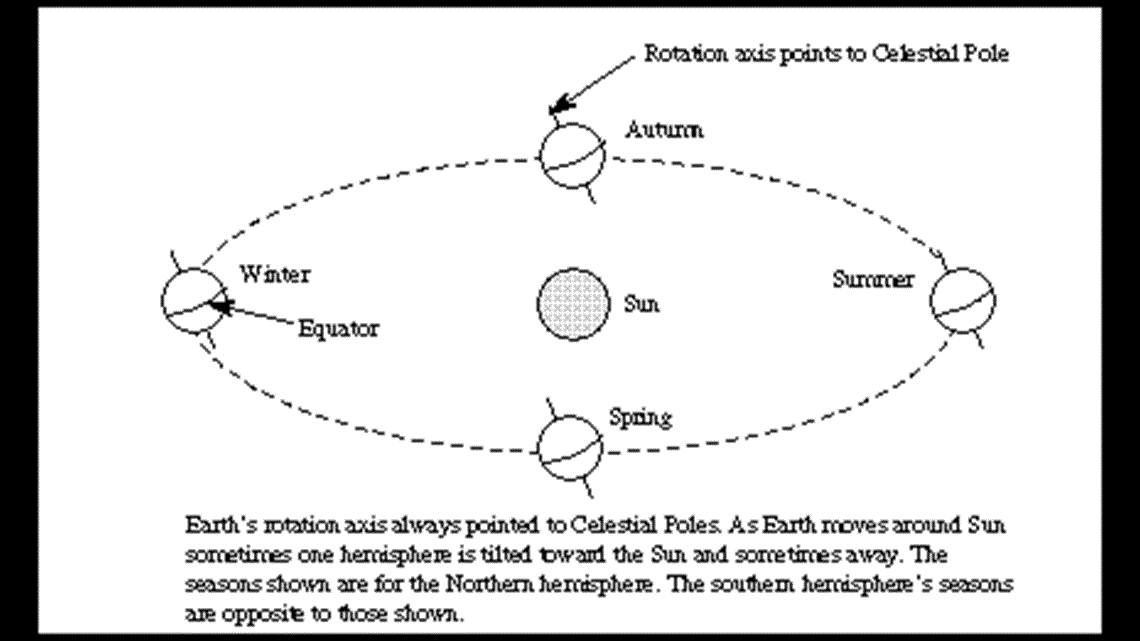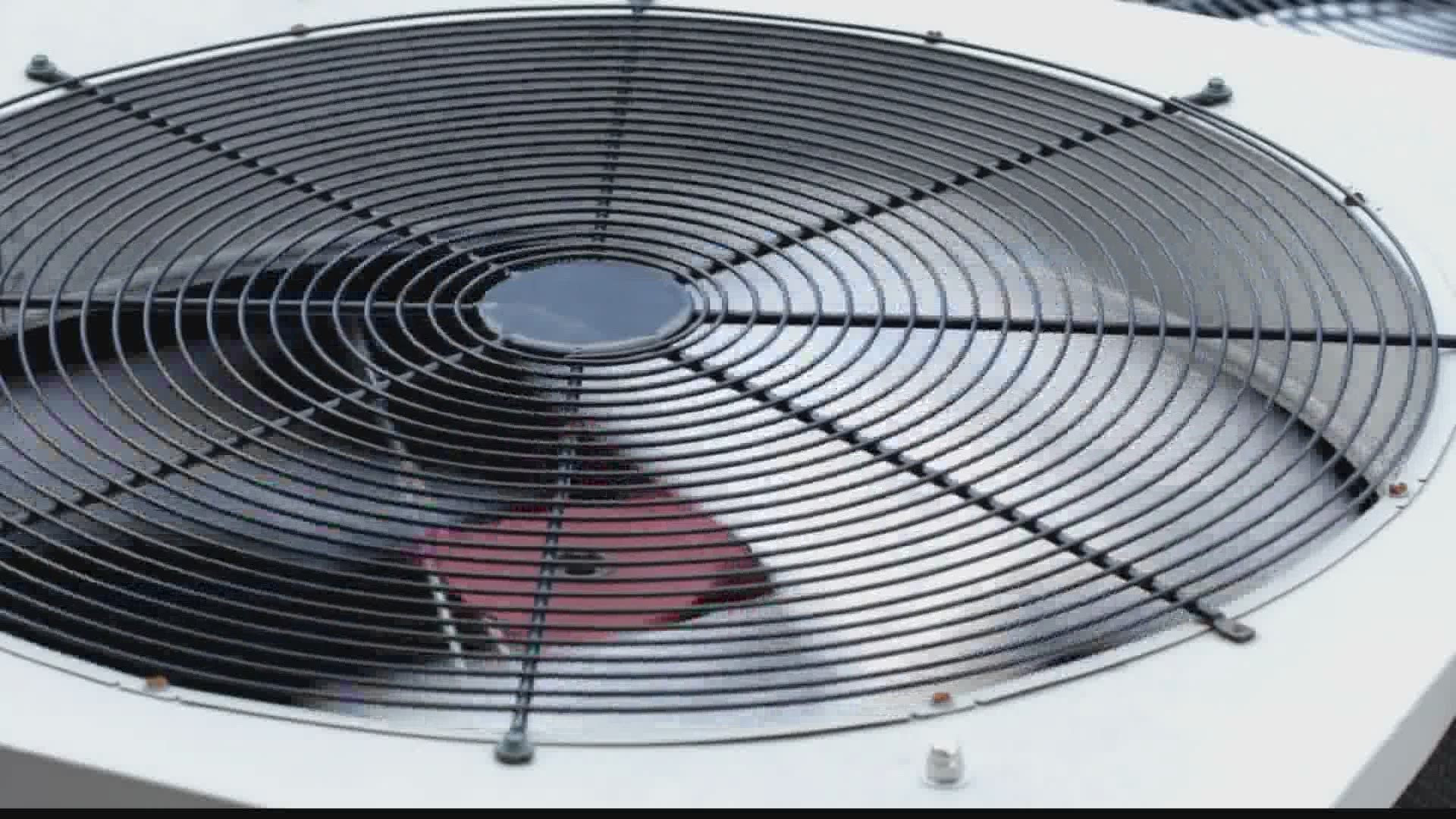HUNTSVILLE, Ala. — Is it summer yet? Depending on where you are in the Northern Hemisphere, it may feel like summer is already here. But according to the calendar, even though you may already be grilling out or heading on vacation, it's still spring.


So, when is the first day of summer?
Even though Memorial Day marks the beginning of summer for many people, the actual start of summer is on:
Sunday, June 20
Why?
According to the National Oceanic and Atmospheric Administration (NOAA), the natural rotation of Earth around the sun forms the basis for the astronomical calendar, in which seasons are defined with two solstices and two equinoxes.
In the Northern Hemisphere, the summer solstice falls on or around June 21, the winter solstice on or around December 22, the vernal or spring equinox on or around March 21, and the autumnal equinox on or around September 22. These seasons are reversed but begin on the same dates in the Southern Hemisphere.
Why aren't the first days of a season the same every year?
Again, we go to NOAA.
"Because Earth actually travels around the sun in 365.24 days, an extra day is needed every fourth year, creating what we know as Leap Year. This also causes the exact date of the solstices and equinoxes to vary. Additionally, the elliptical shape of Earth’s orbit around the sun causes the lengths of the astronomical seasons to vary between 89 and 93 days."
When do the seasons start and end in 2021?
According to the U.S. Naval Observatory, in 2021:
Spring started on March 20 at 5:37 a.m. EST
Summer starts on June 20 at 11:33 p.m. EST
Autumn/Fall starts on Sept 22 at 3:21 p.m. EST
Winter starts on Dec 21 at 10:59 a.m. EST
The times and days change slightly each year.
Why is June 20 the longest day of the year and Dec. 21 the shortest?
As the earth spins on its axis, producing night and day, it also moves about the sun in an elliptical (elongated circle) orbit that requires about 365 1/4 days to complete. This is why we have February 29 every four years.
On the summer solstice, the North Pole is as close to the sun as it can be, and on the winter solstice, it's as far away as it can be. Midway between these two times, in spring and autumn, the spin axis of the earth points 90 degrees away from the sun. This means that on this date, day and night have about the same length: 12 hours each, more or less. Seasons are reversed in the southern hemisphere.


Want more information on why seasons happen? Visit the National Weather Service and NOAA websites.

